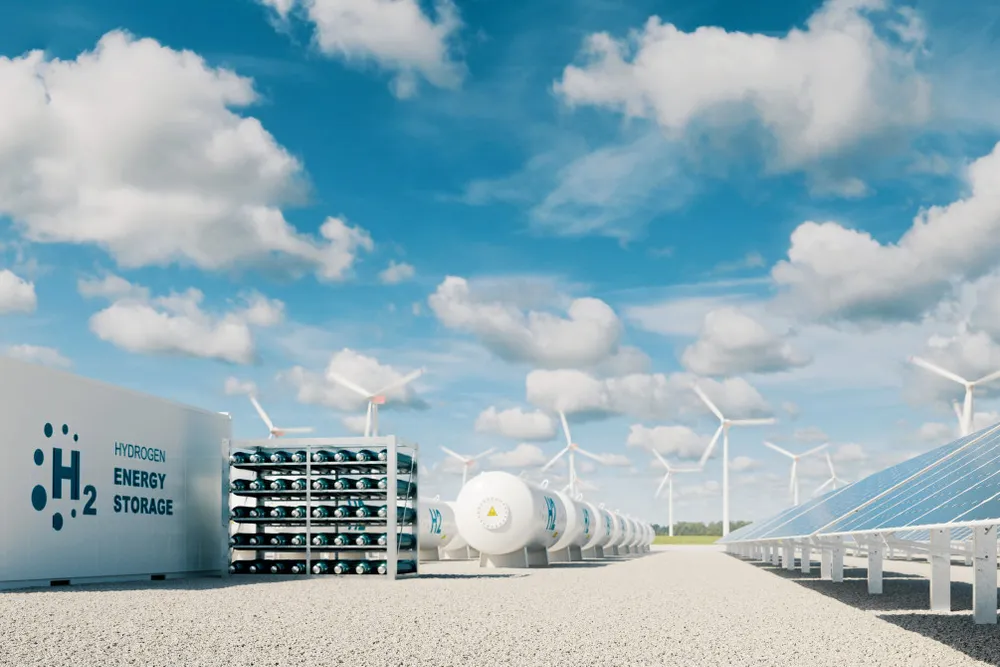'Not a downturn' | Hydrogen investment has slowed in 2023, despite huge appetite from investors
'There is a positively frenetic effort to get hydrogen projects ready to put capital to work,' senior S&P analyst tells Hydrogen Insight

'There is a positively frenetic effort to get hydrogen projects ready to put capital to work,' senior S&P analyst tells Hydrogen Insight
